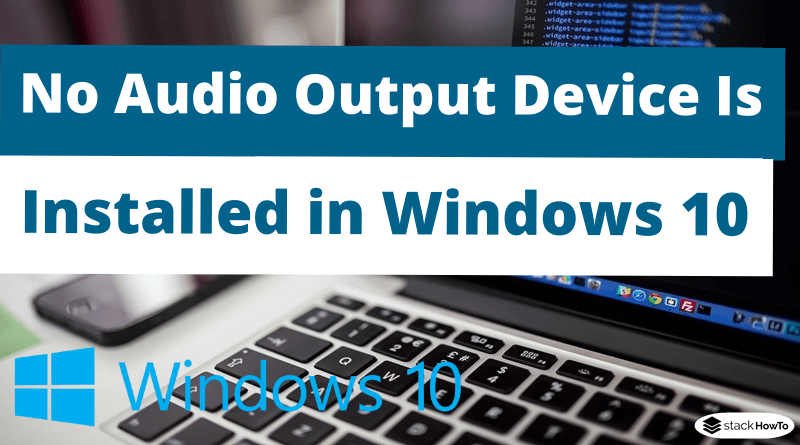No Audio Output Device Is Installed in Windows 10 Fix
In this tutorial, we are going to see how to fix No Audio Output Device Is Installed in Windows 10. When you try to play a sound on Windows 10 or open an audio, video conferencing application, the error No Audio Output Device Is Installed is displayed.
As a result, no sound comes out of your computer because the sound card is not installed. This is a common problem that we encounter after updating Windows 10 or drivers.
Thanks to this tutorial, you will find the solutions to solve the message No Audio Output Device Is Installed. Reinstalling your sound card should allow you to recover the sound on your PC.
Here are the common sources that lead to this error No Audio Output Device Is Installed:
- A major and feature update to Windows 10 has been rolled out. Twice a year, updates to Windows 10 are released. In some cases, this can cause your devices to malfunction
- Your sound drivers are damaged or outdated. You used unreliable driver update software that messed up. Your sound card no longer works properly
- Your playback device has been disabled. It is possible that you or another source has disabled the playback device you are trying to use. This means that the audio will not play from the device because Windows 10 does not recognize it. This may be the cause of the No Audio Output Device Is Installed error.
- Your playback device is not connected to the right port. If the port you are using is damaged or not configured for use on your system, the device you have connected will not work as expected.
- Your wireless device is not associated with your computer. Each piece of wireless technology must be properly connected to your computer to be used. Make sure you have followed the proper connection process if you are using wireless headphones, earphones, or speakers.
Fix 1: Restoring Windows 10
In case of System Restore is active, you can restore Windows 10 to a previous restore point. This will undo the last system changes to return to a working Windows 10 configuration. This is the first troubleshooting procedure to perform to fix system changes that cause sound problems.
To do this:
- On your keyboard, press the Windows key + R
- Then enter rstrui.exe and OK
- Then let yourself be guided to choose a system restore point to come back to
Fix 2: Check Audio Device
First, check the status of your audio controller. To do this, you need to go to the Windows Device Manager. Right-click on the Windows 10 Start menu. Then Device Manager.
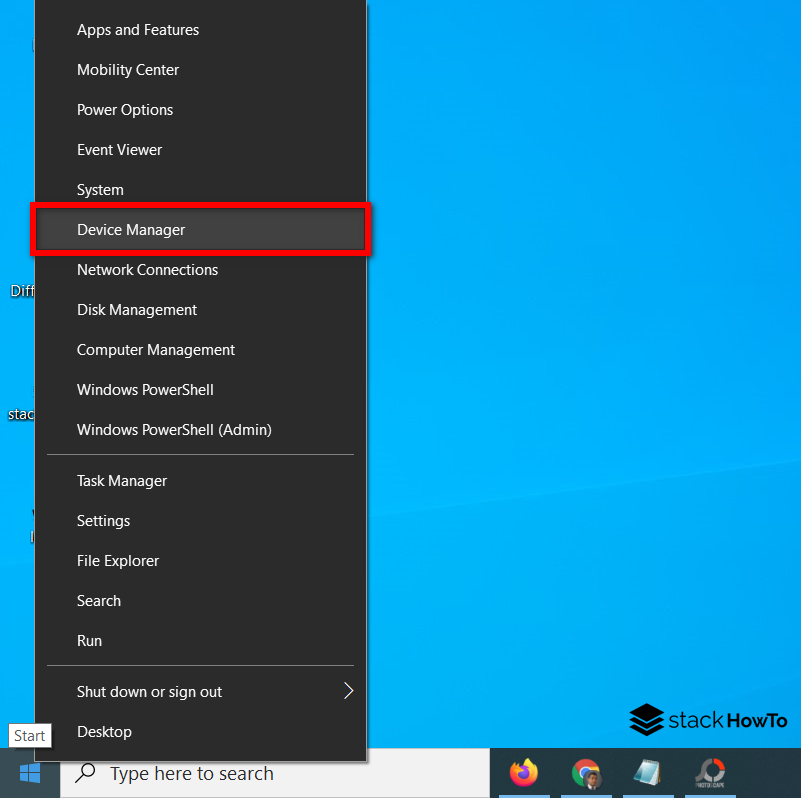
Then scroll down to Sound, video, and game controllers.
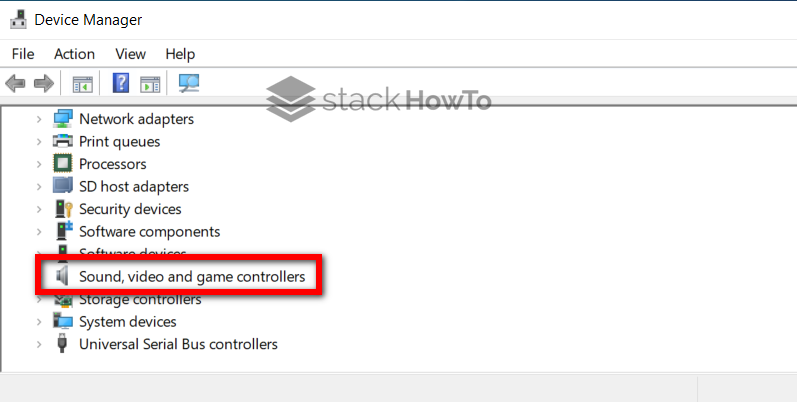
Then on your sound card, right-click and uninstall the device.
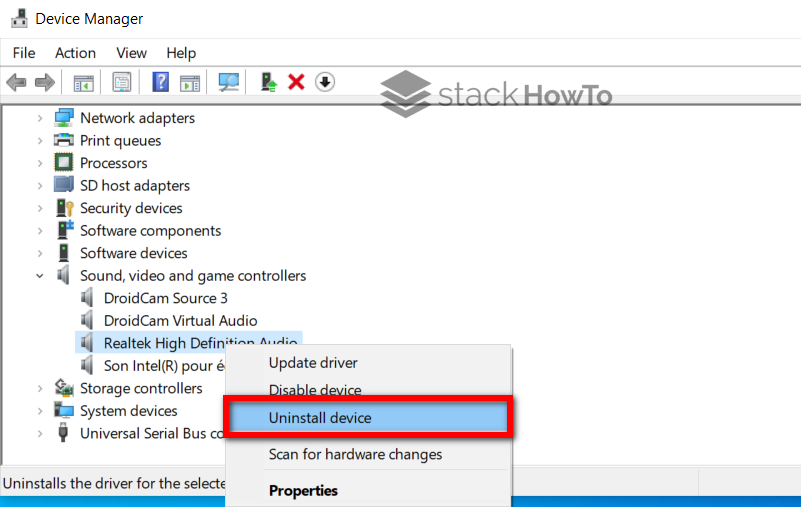
Restart the PC so that the sound card is reinstalled, then return to the device manager to check its status.
Fix 3: Update Sound Drivers
Go to the Windows Device Manager. Then on your sound card, right-click and update the driver.
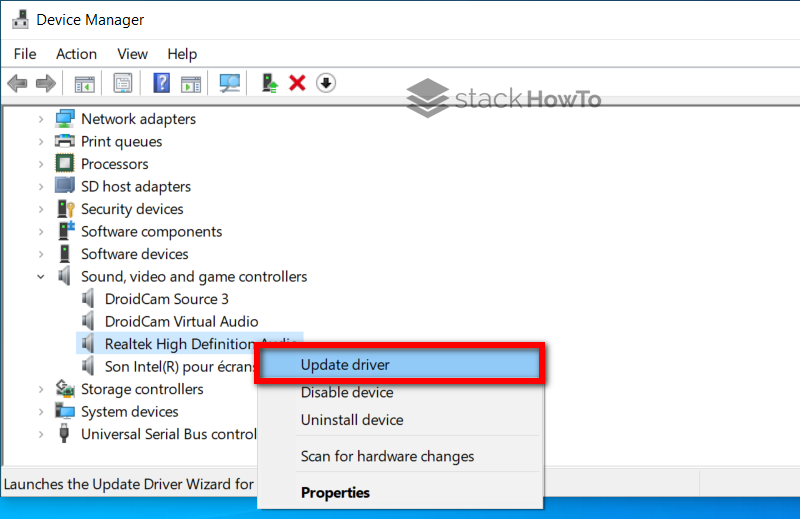
Then, choose Browse my computer for driver software.
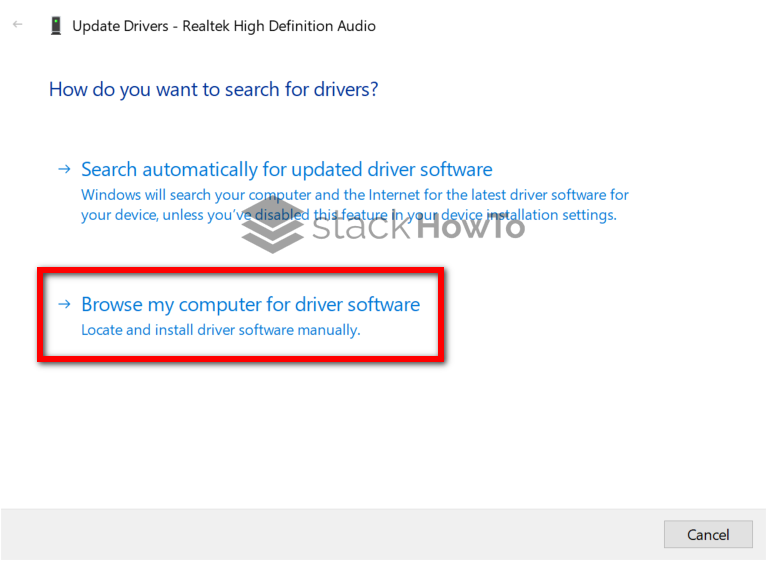
Windows Update then checks if new drivers are available and automatically installs them in the system.
Fix 4: Troubleshooting Utility
In the Windows search, type Troubleshoot settings. Then click on it.
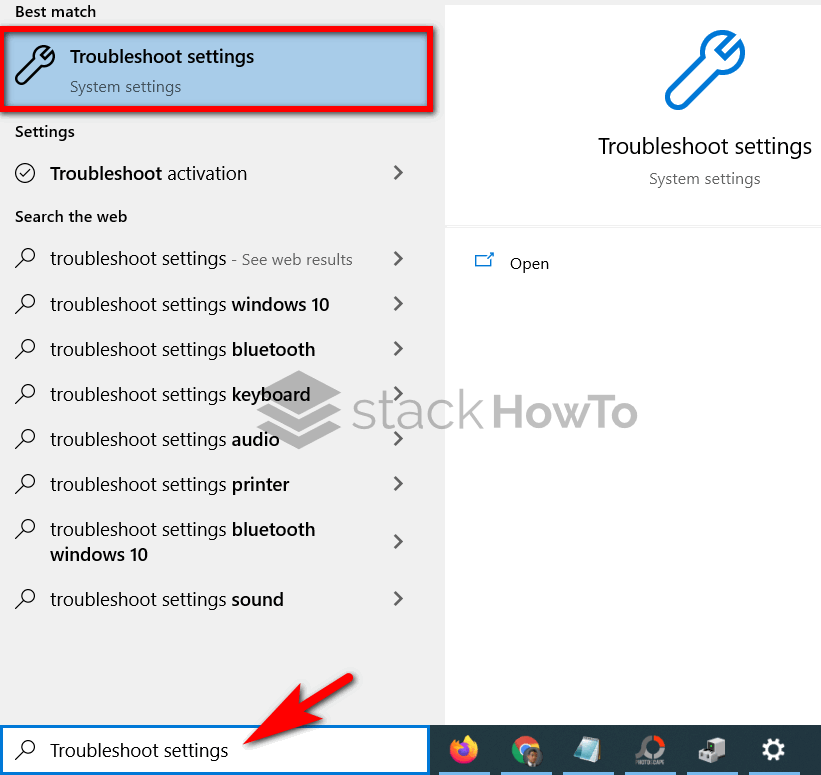
Then scroll down and click on Run Troubleshooter under Playing audio.
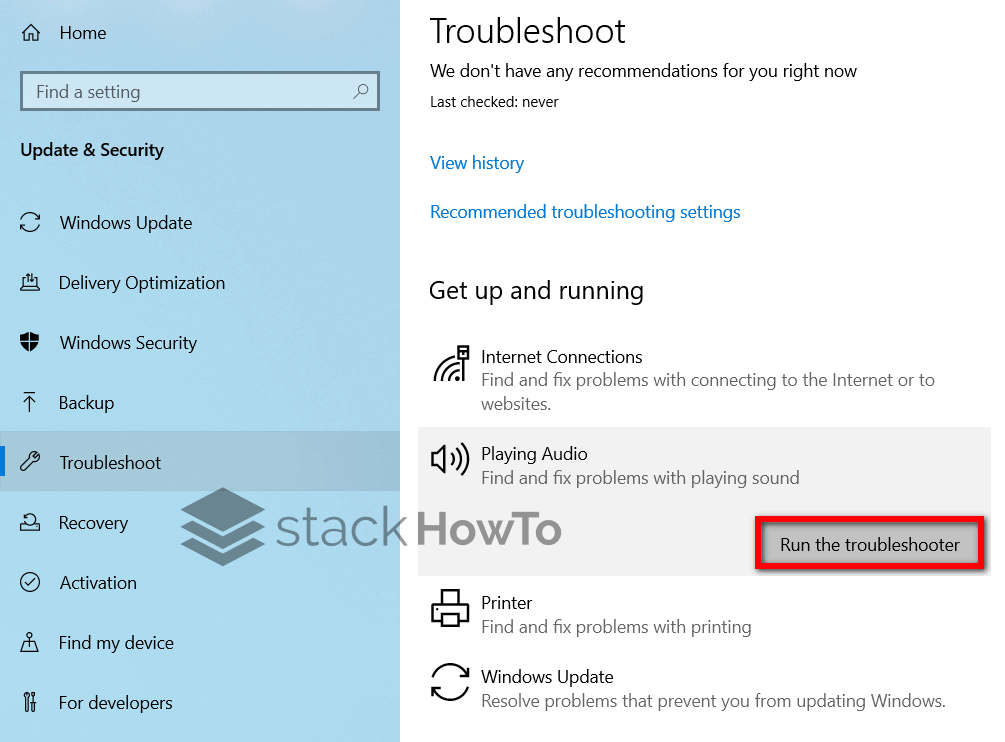
Select the sound card to be repaired from the list and let the guide take you through the process of repairing the PC sound
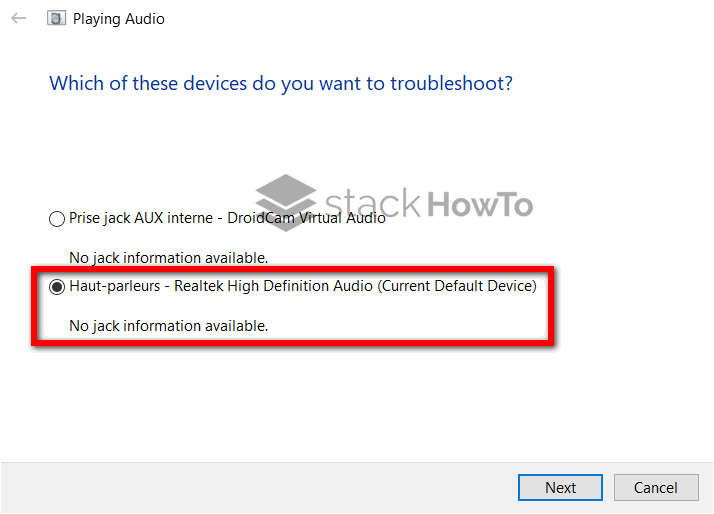
That’s All!

